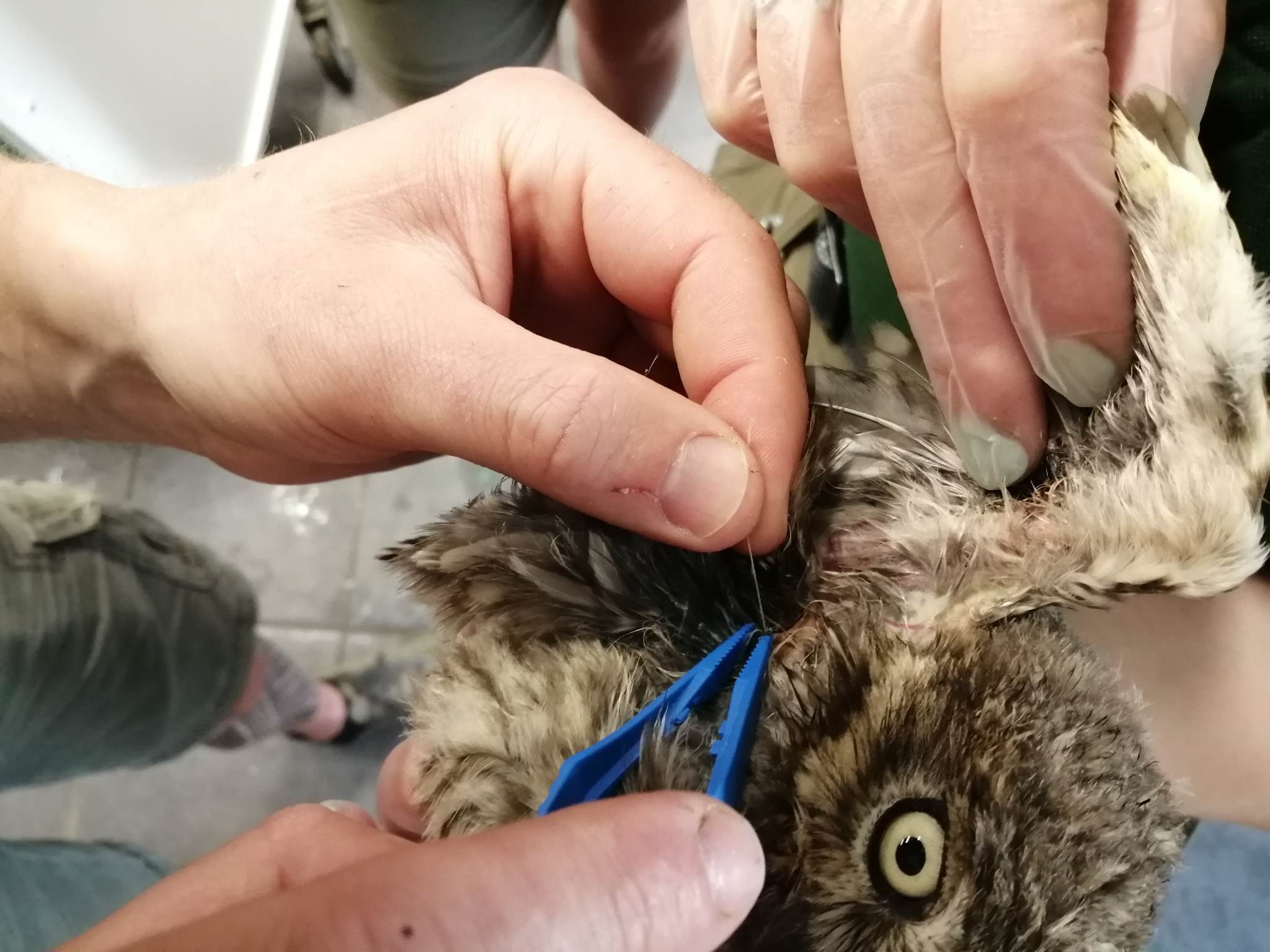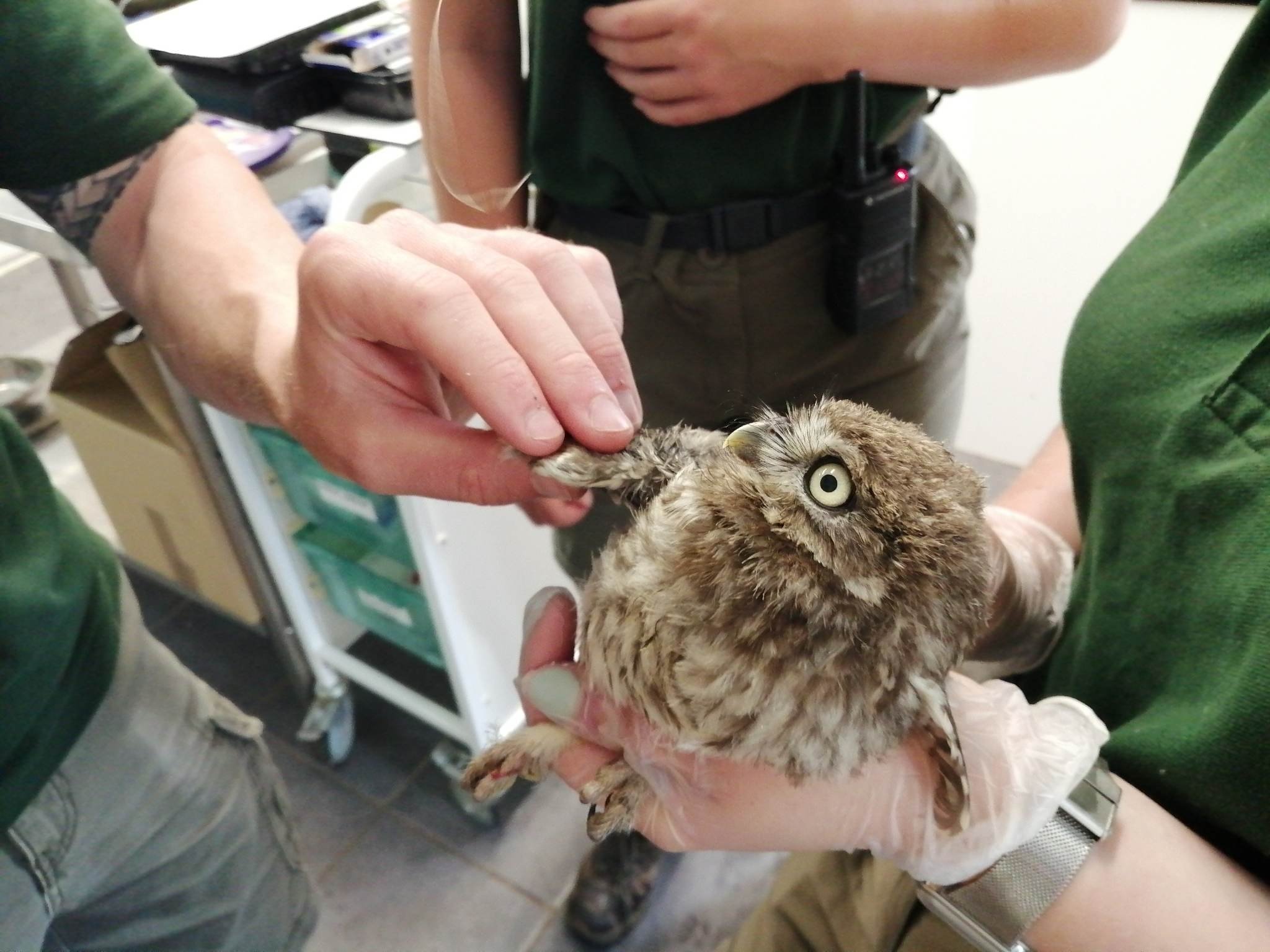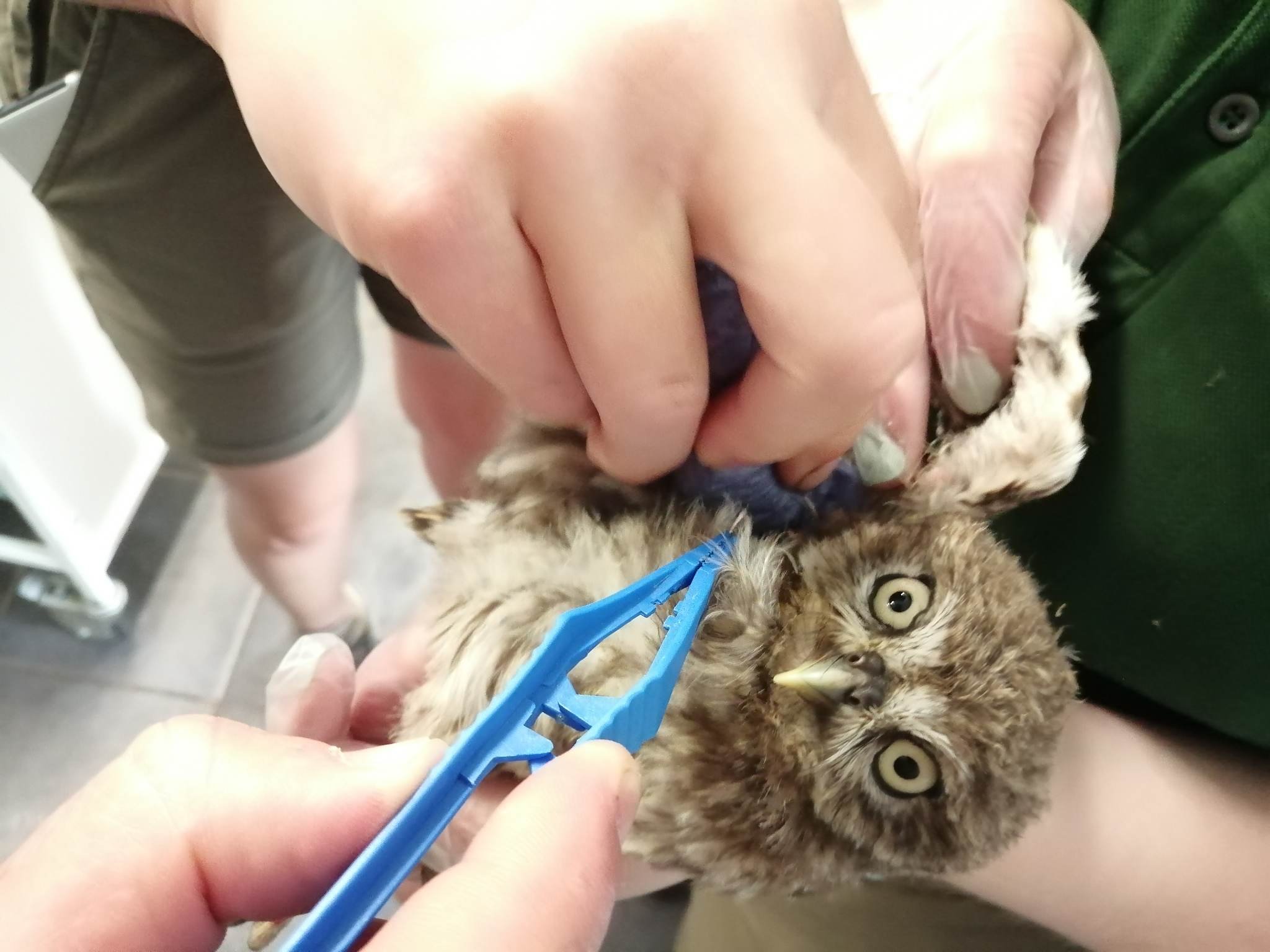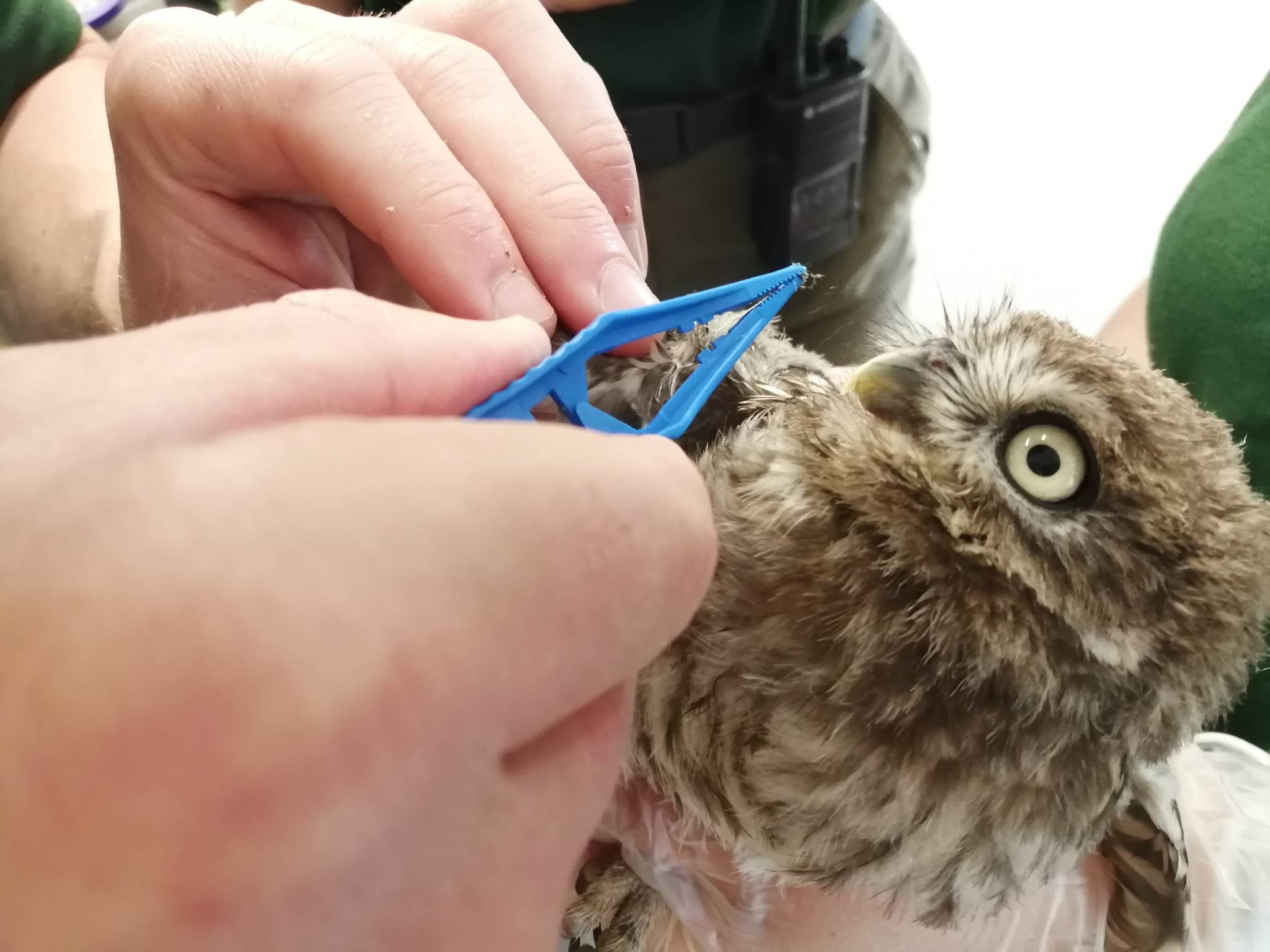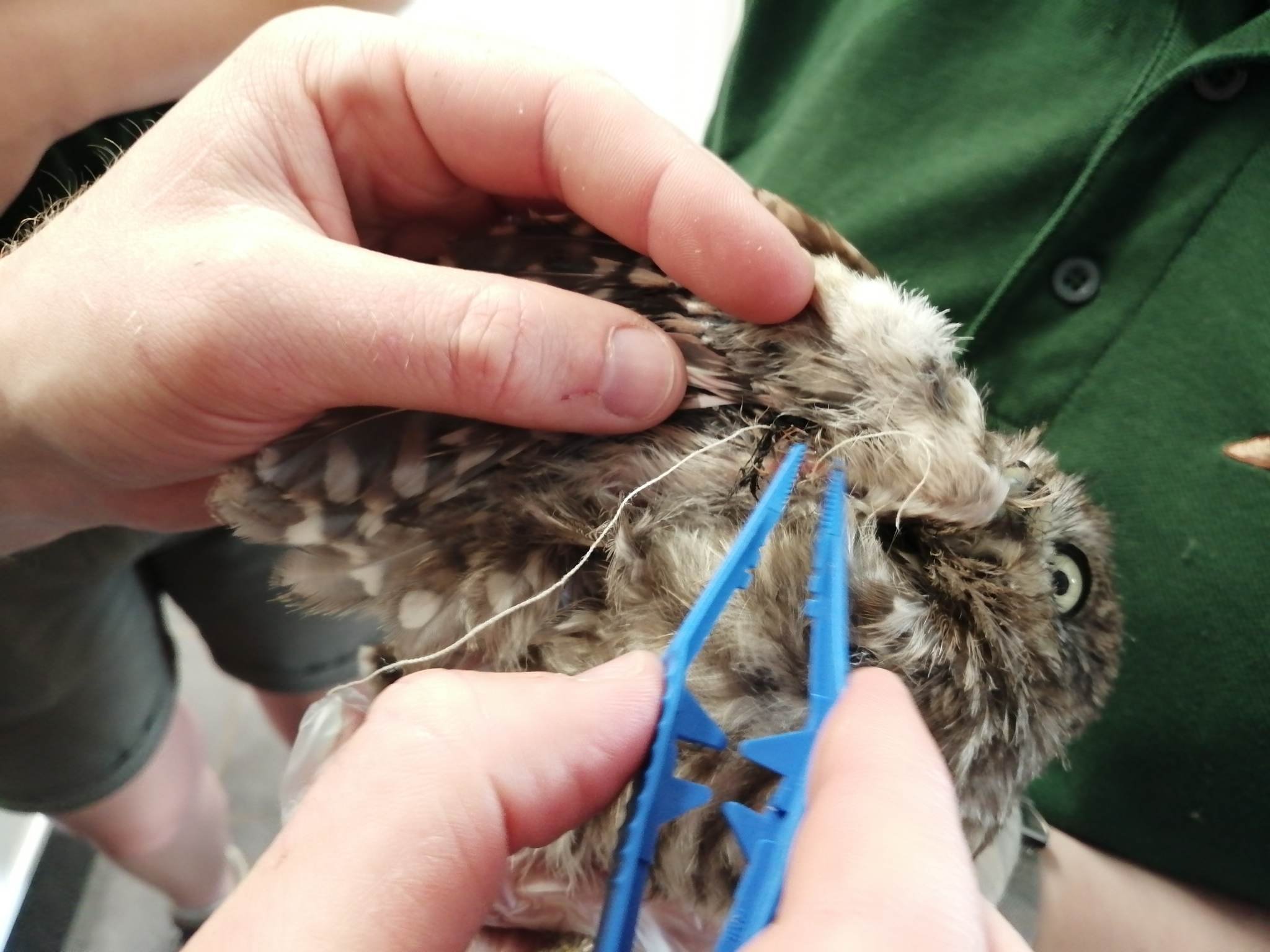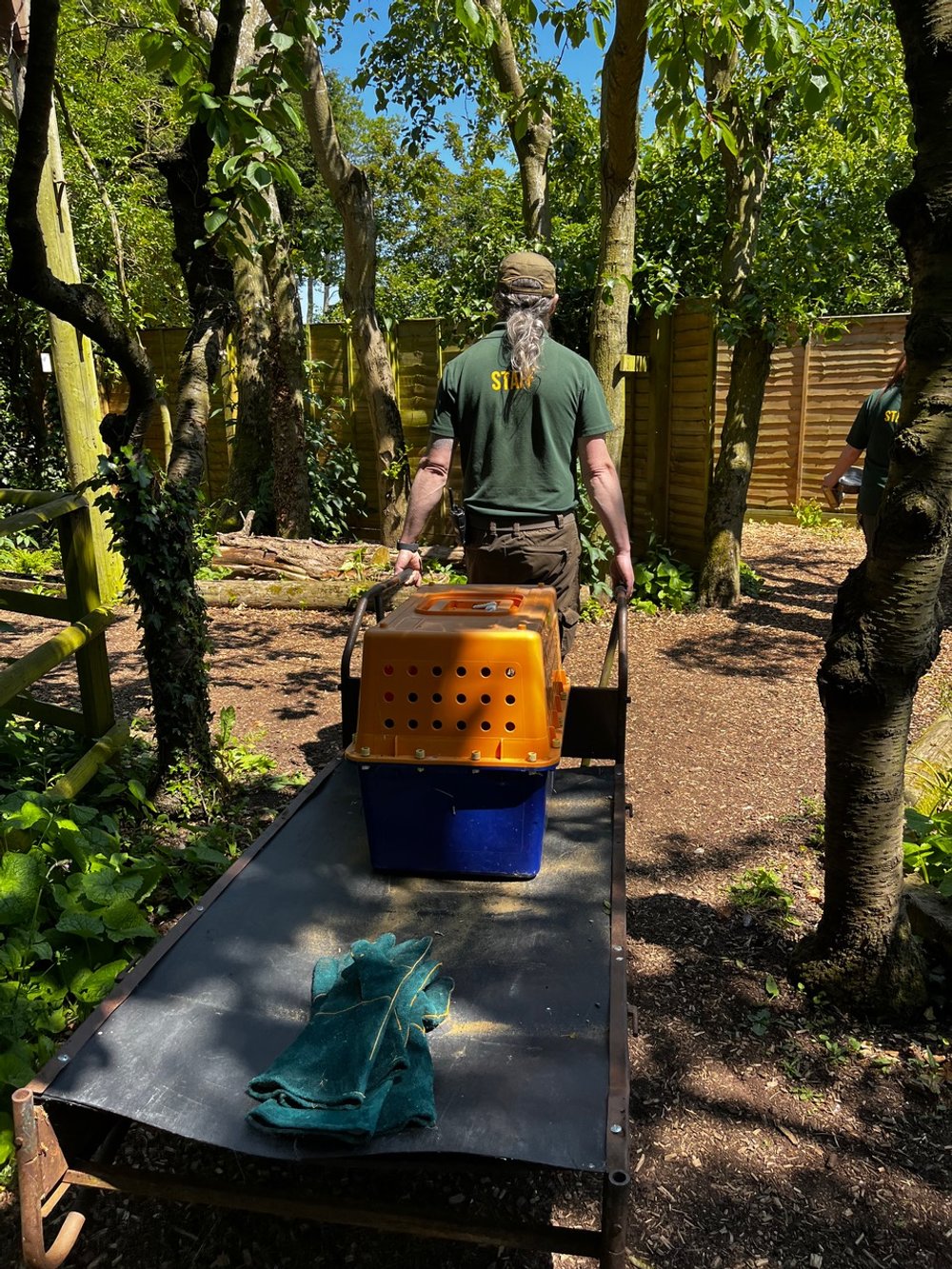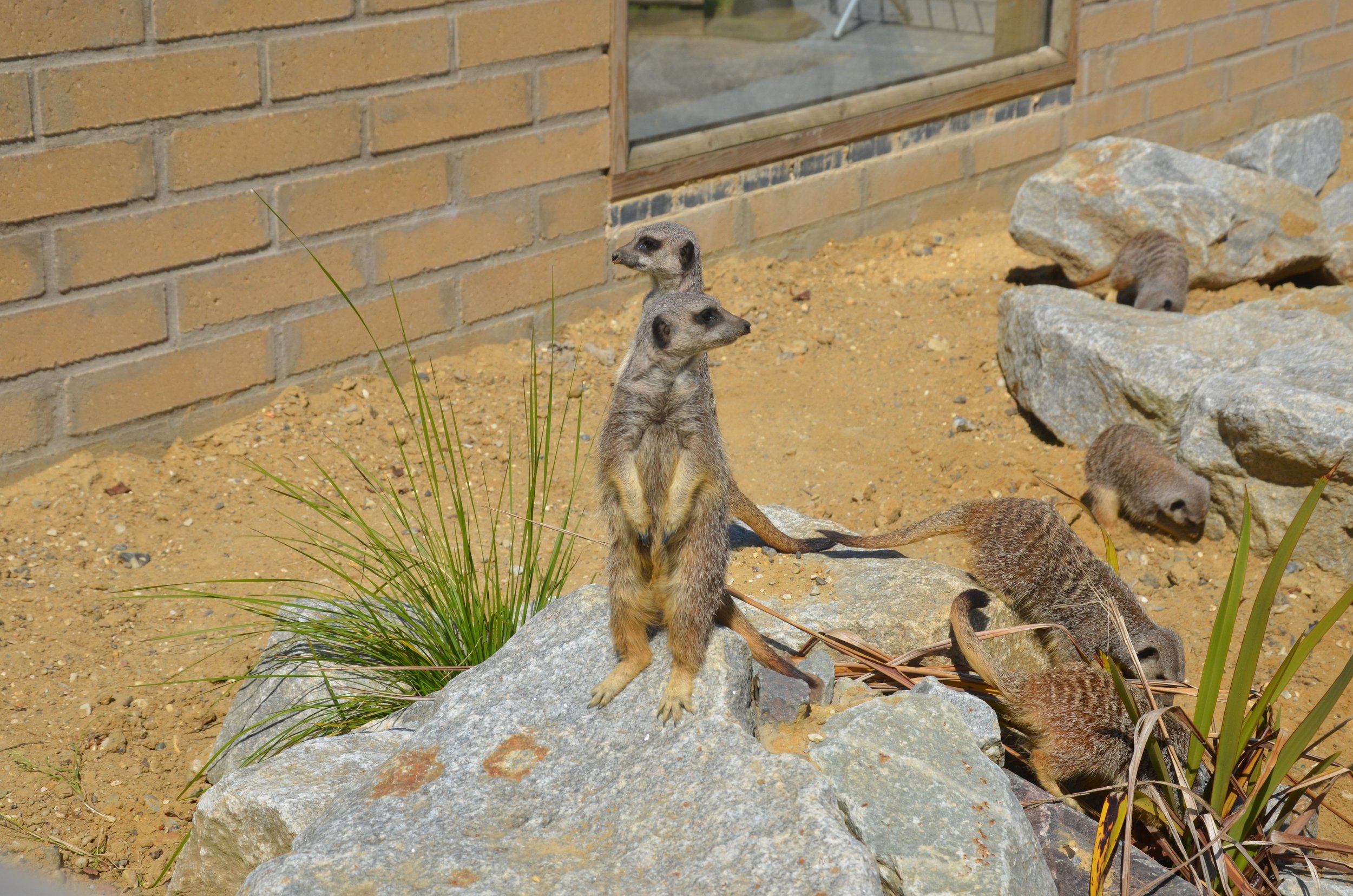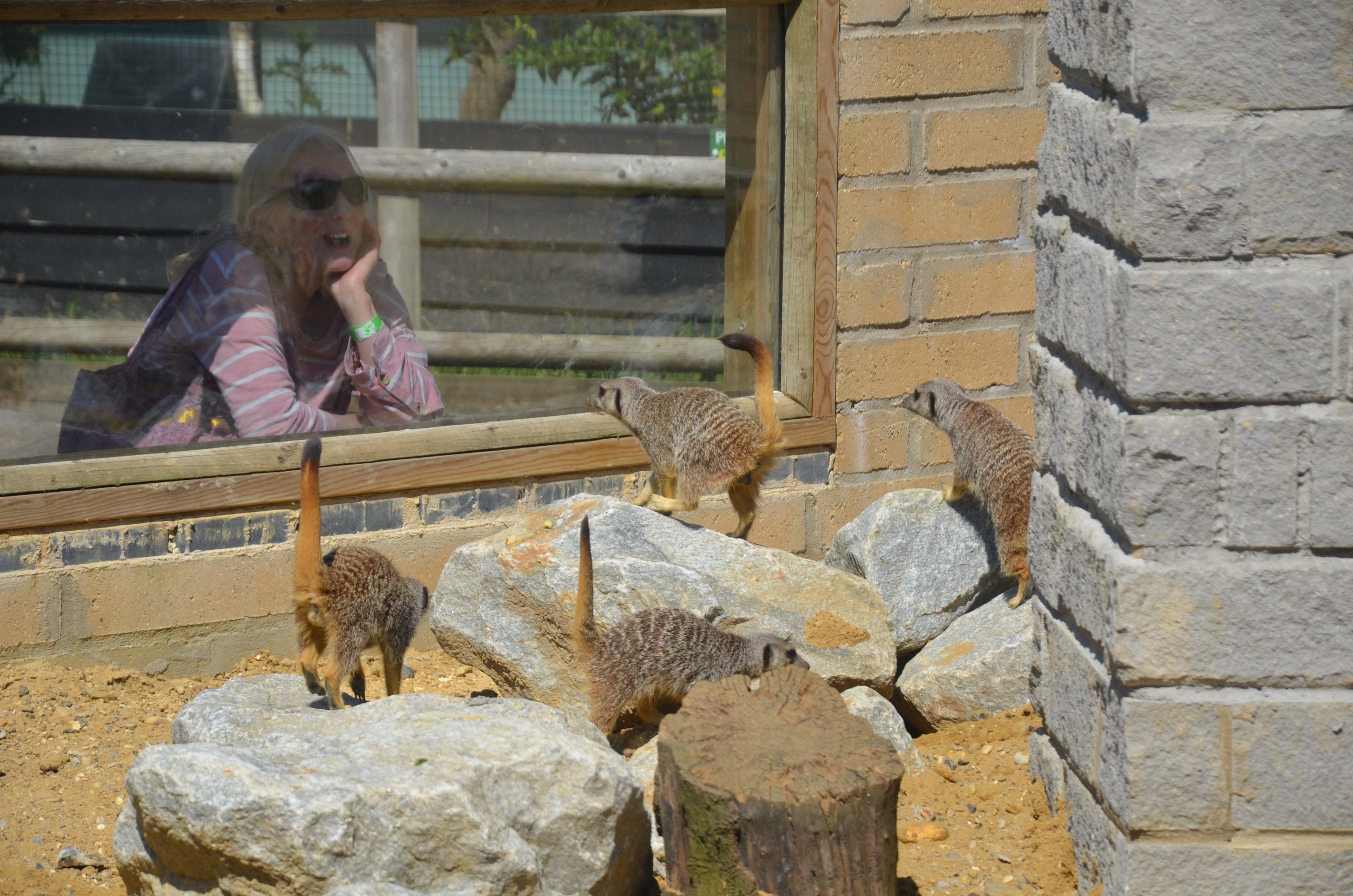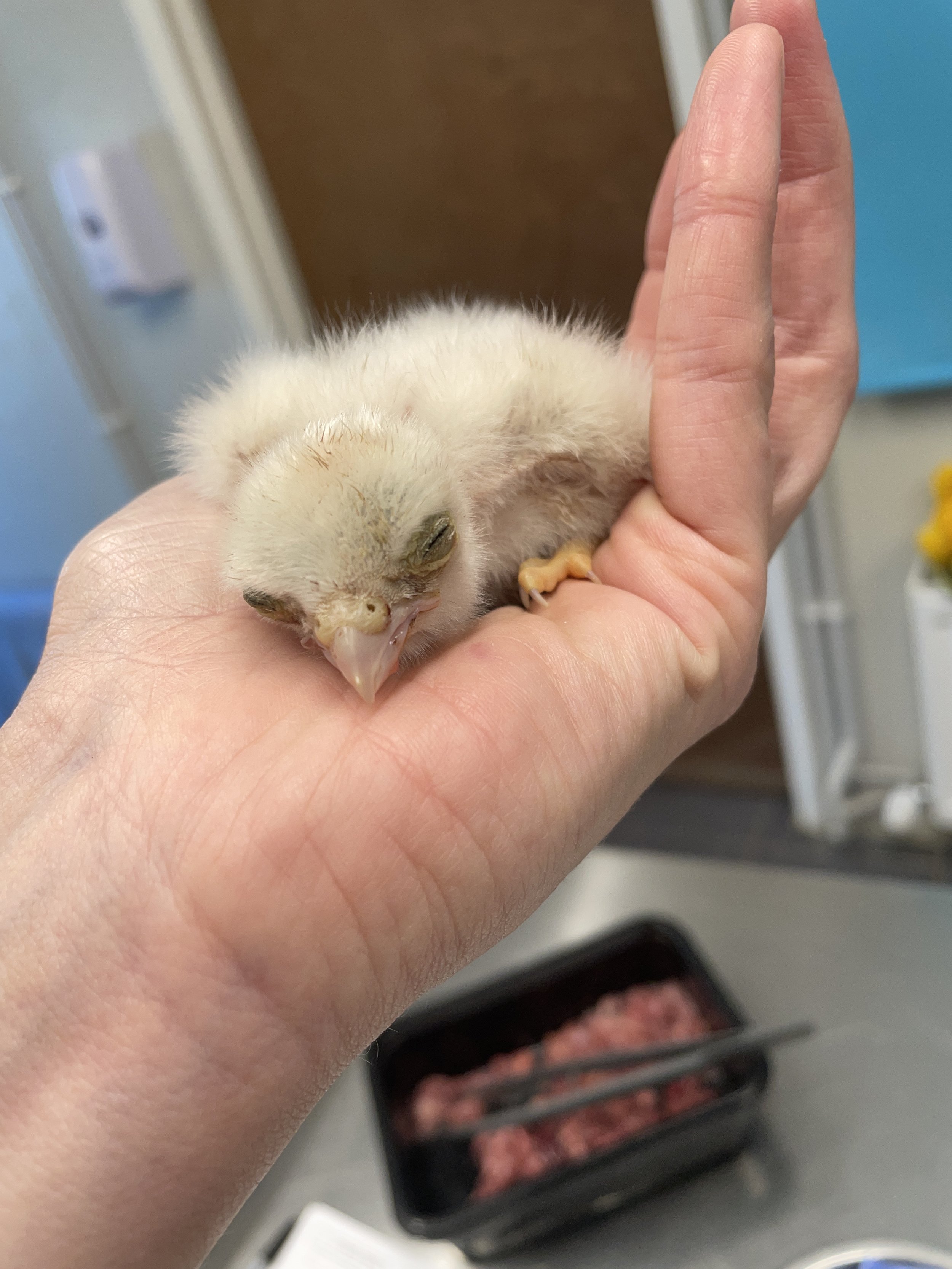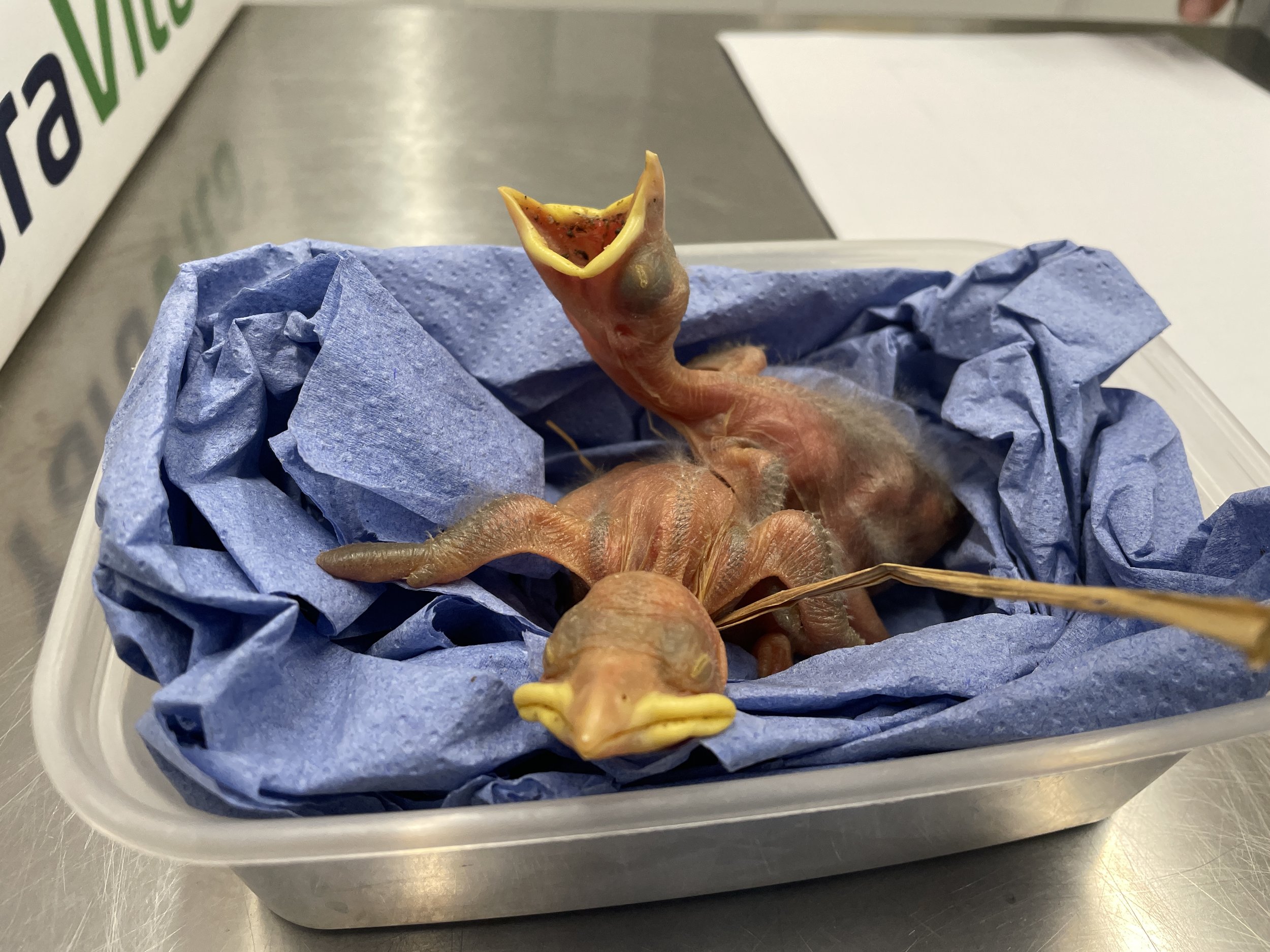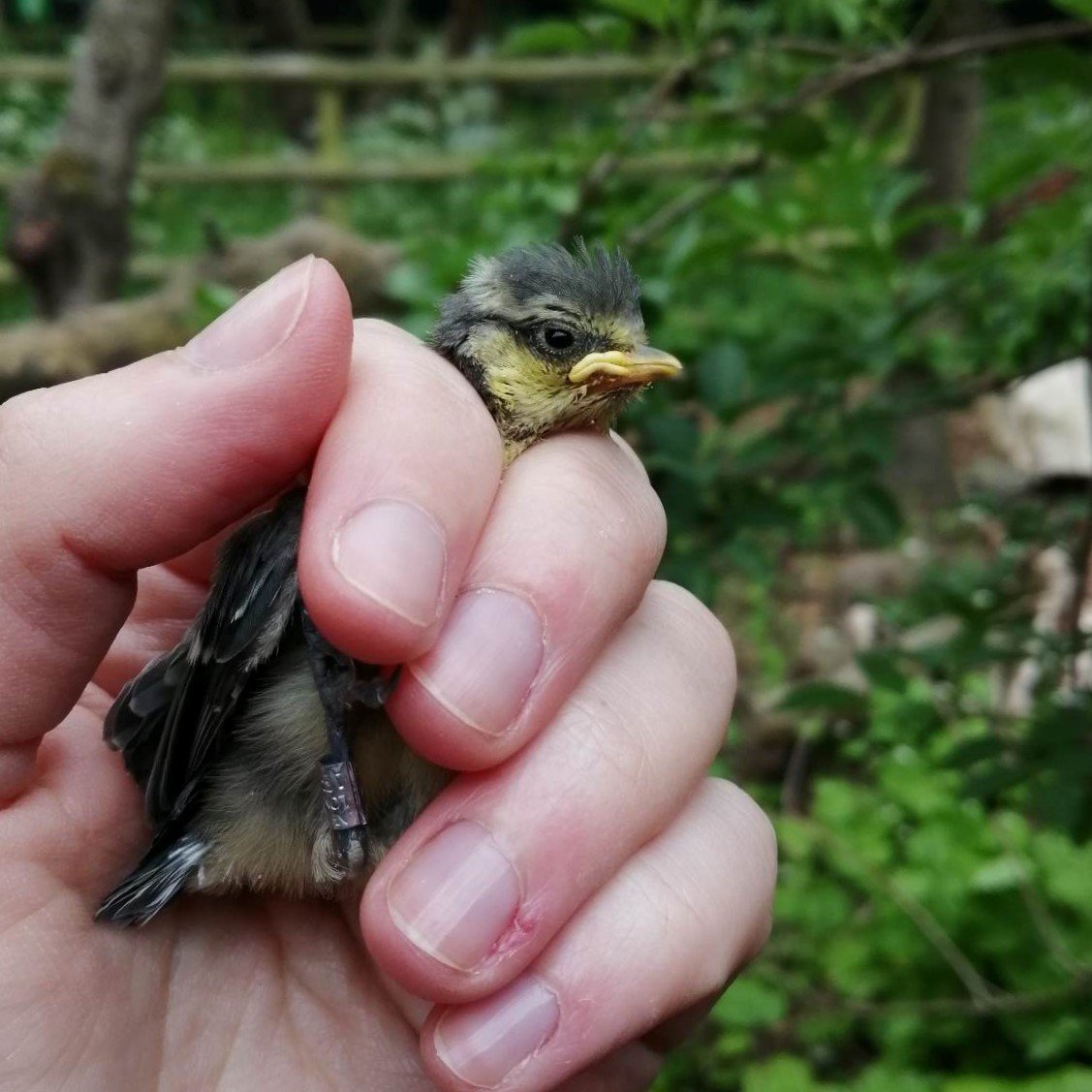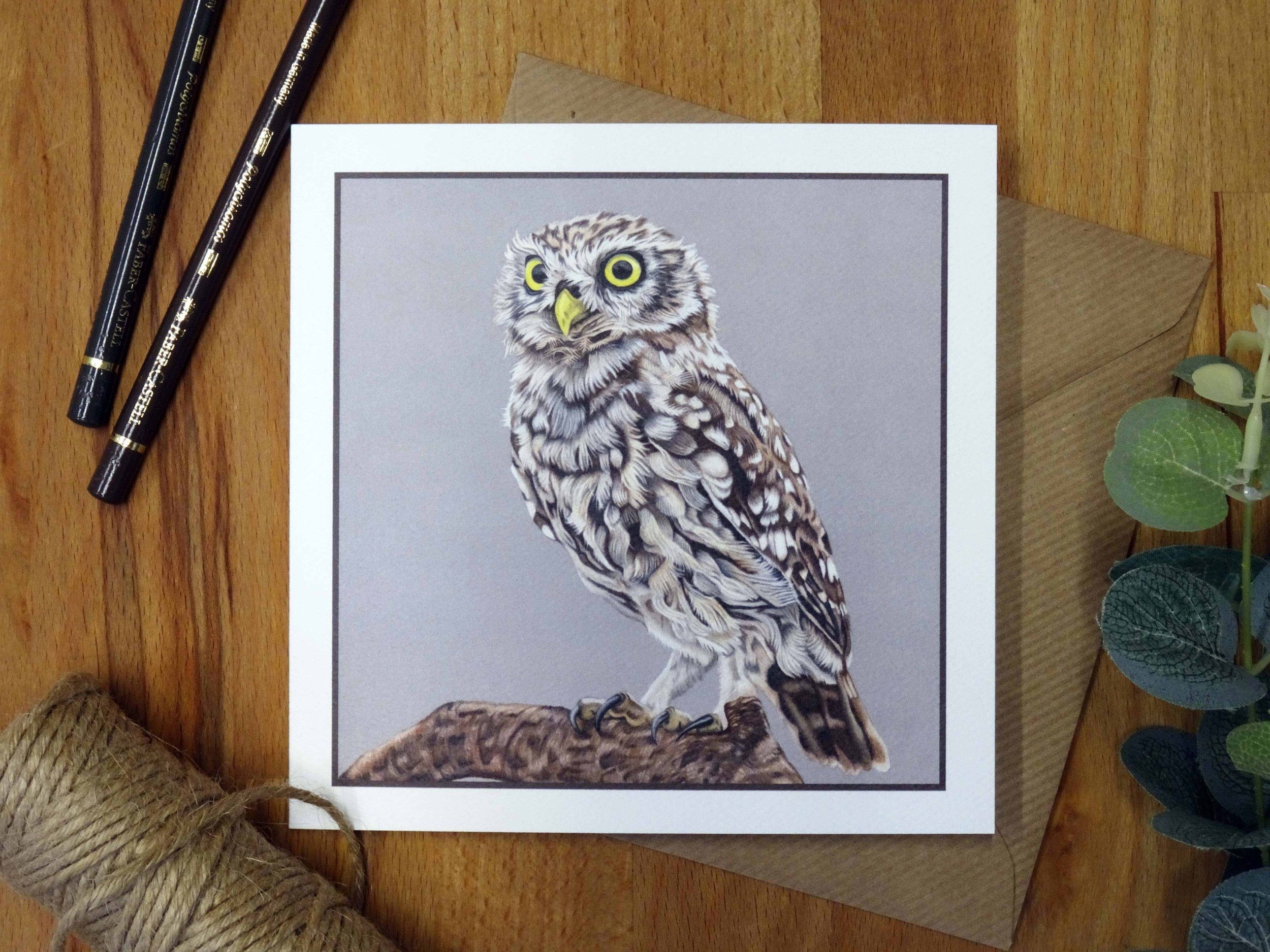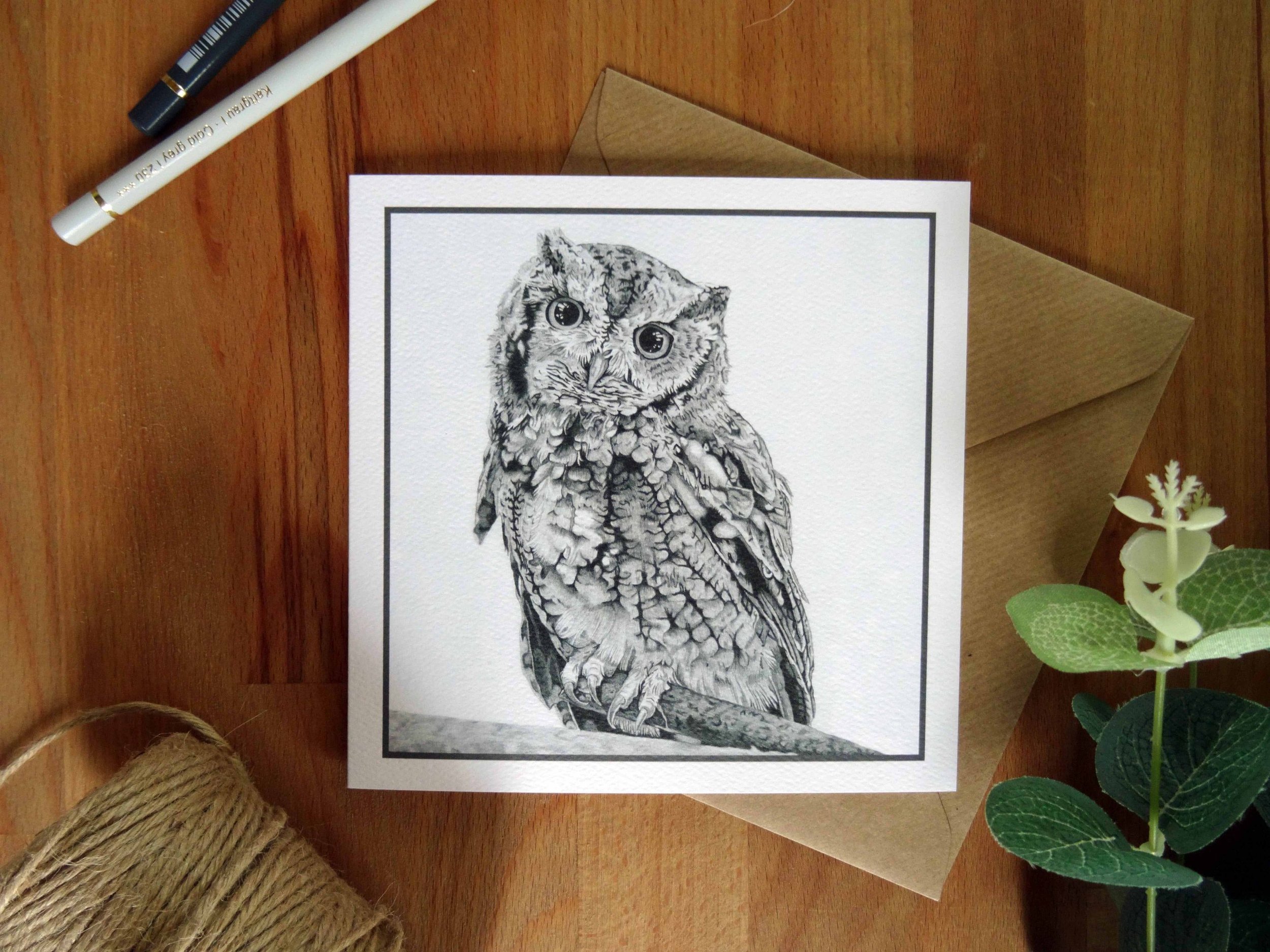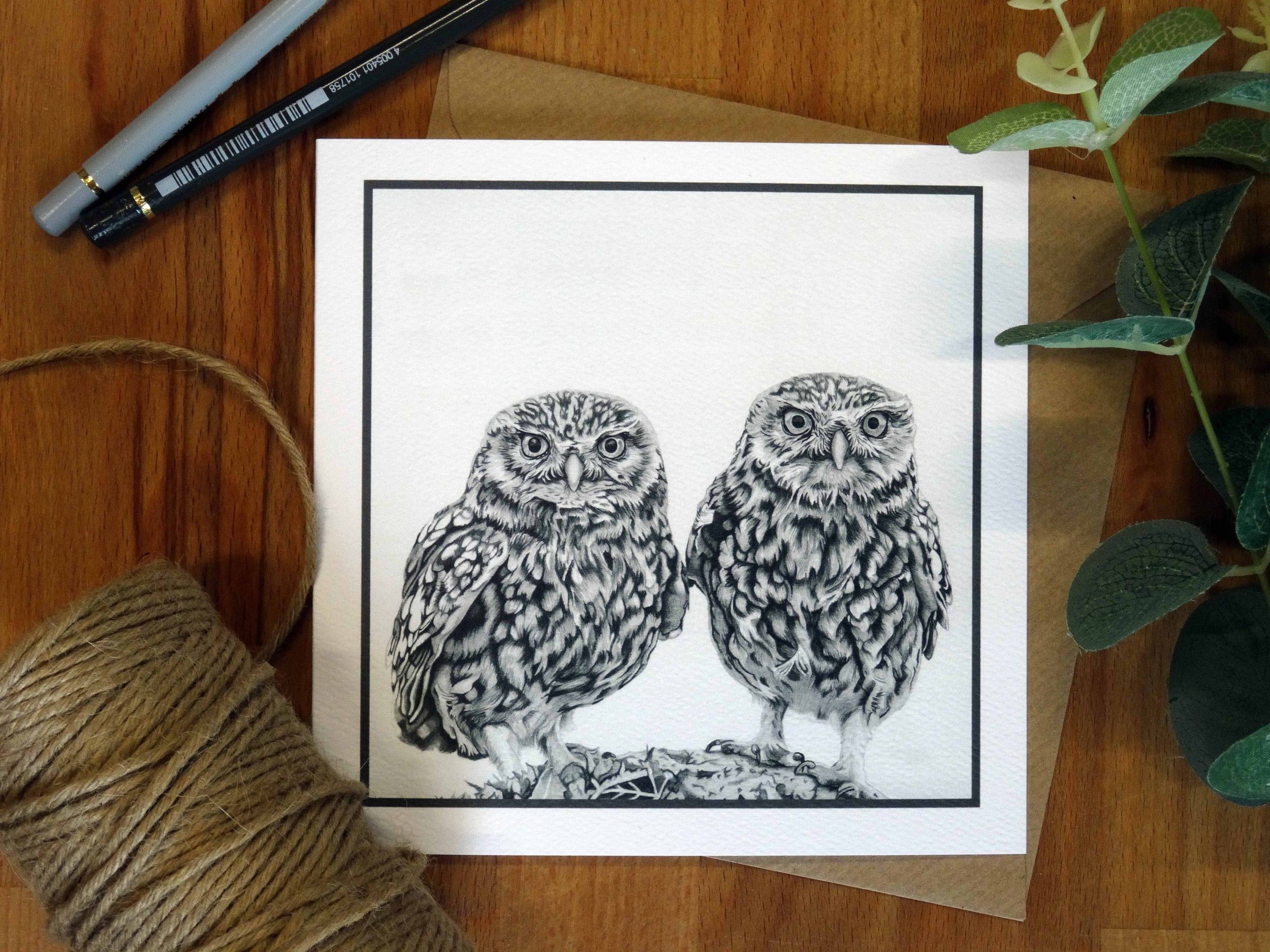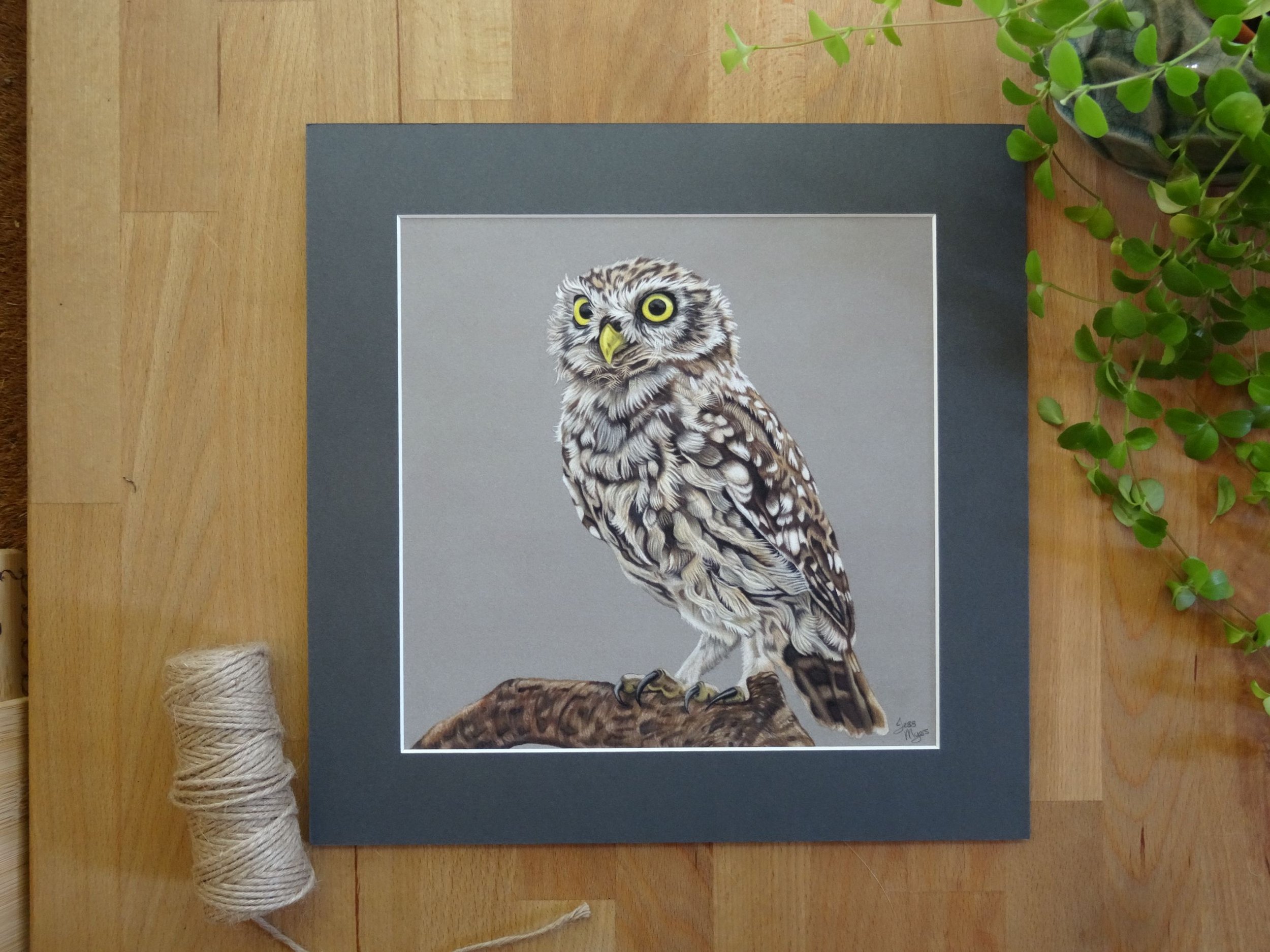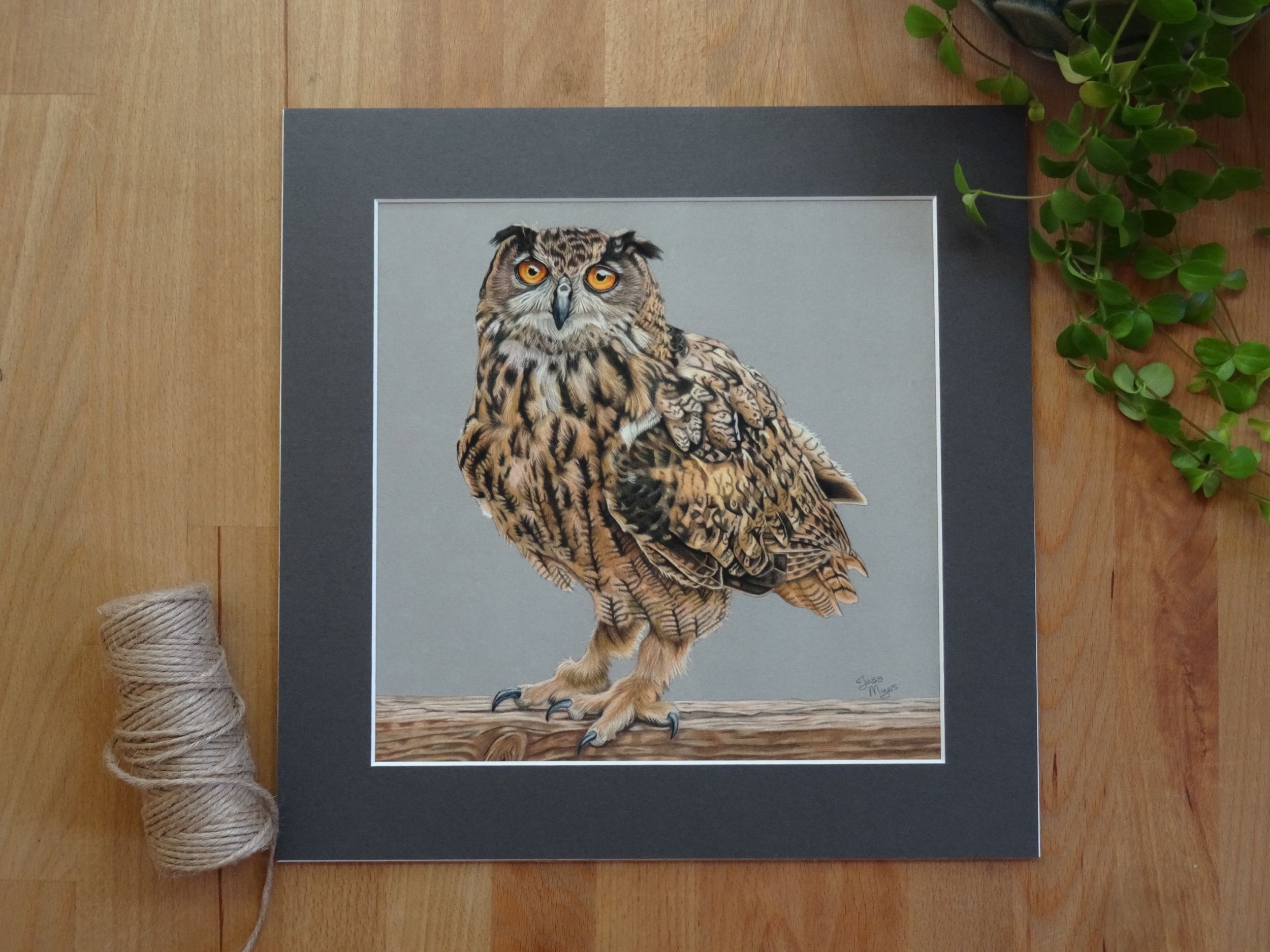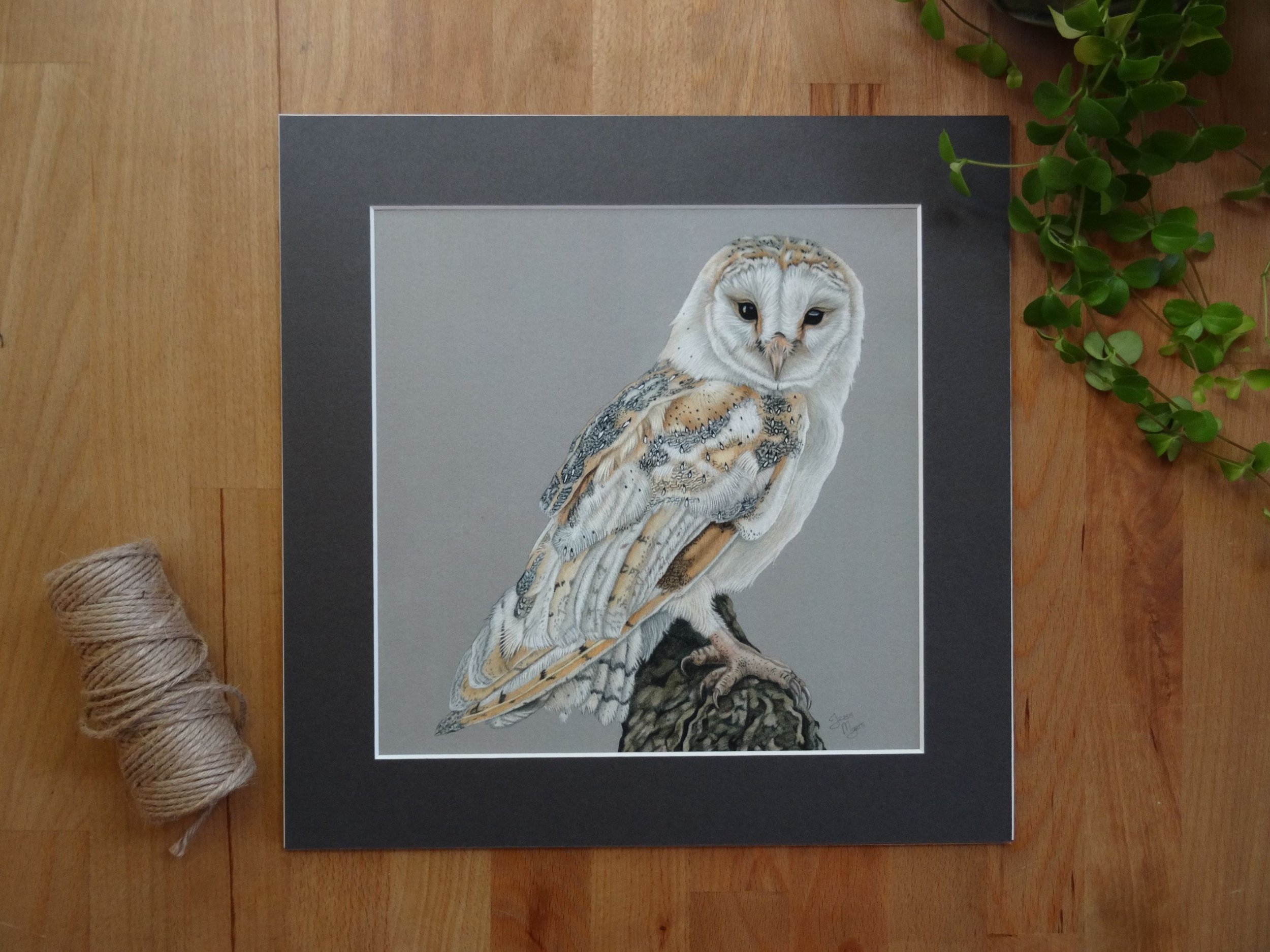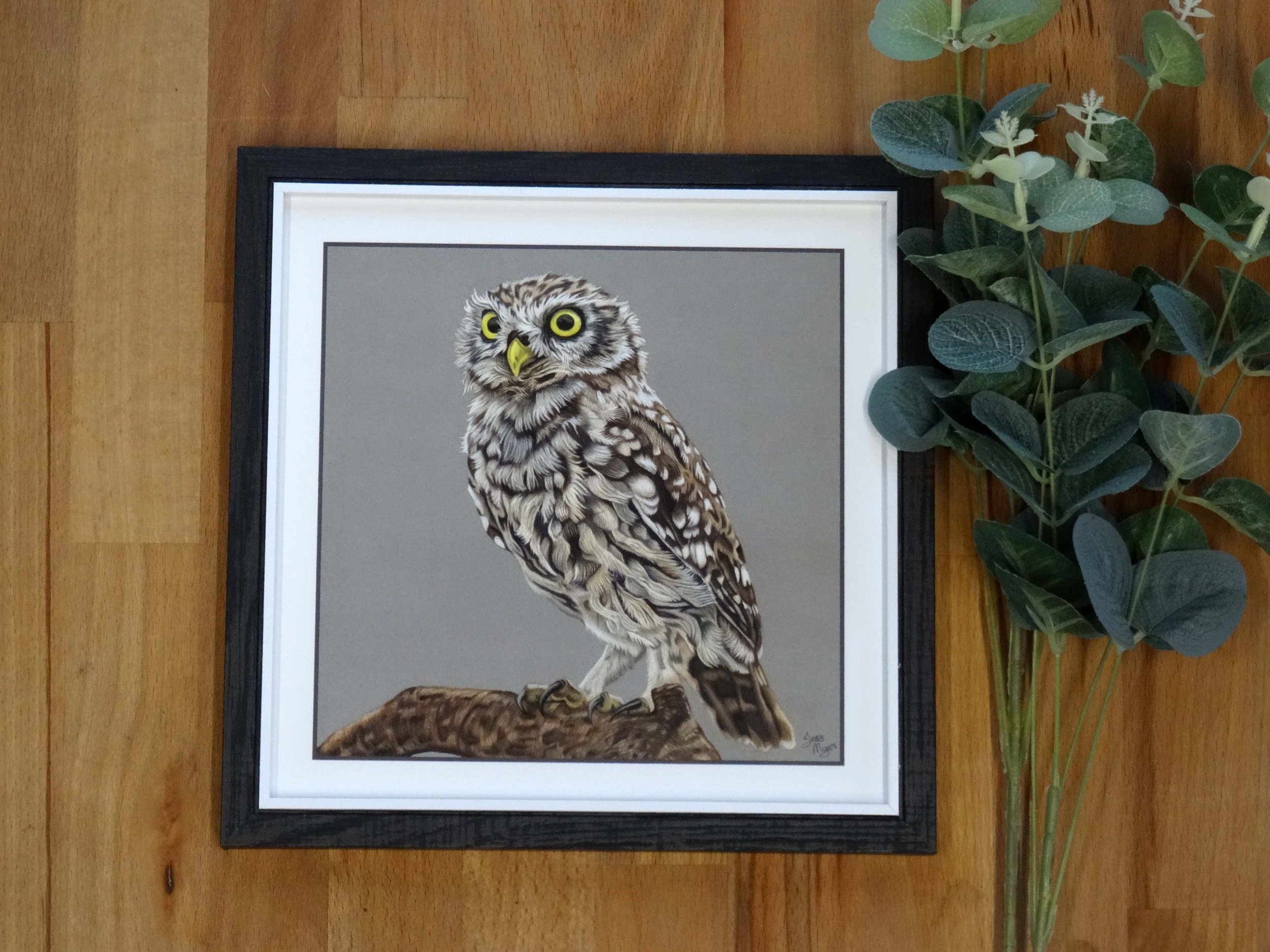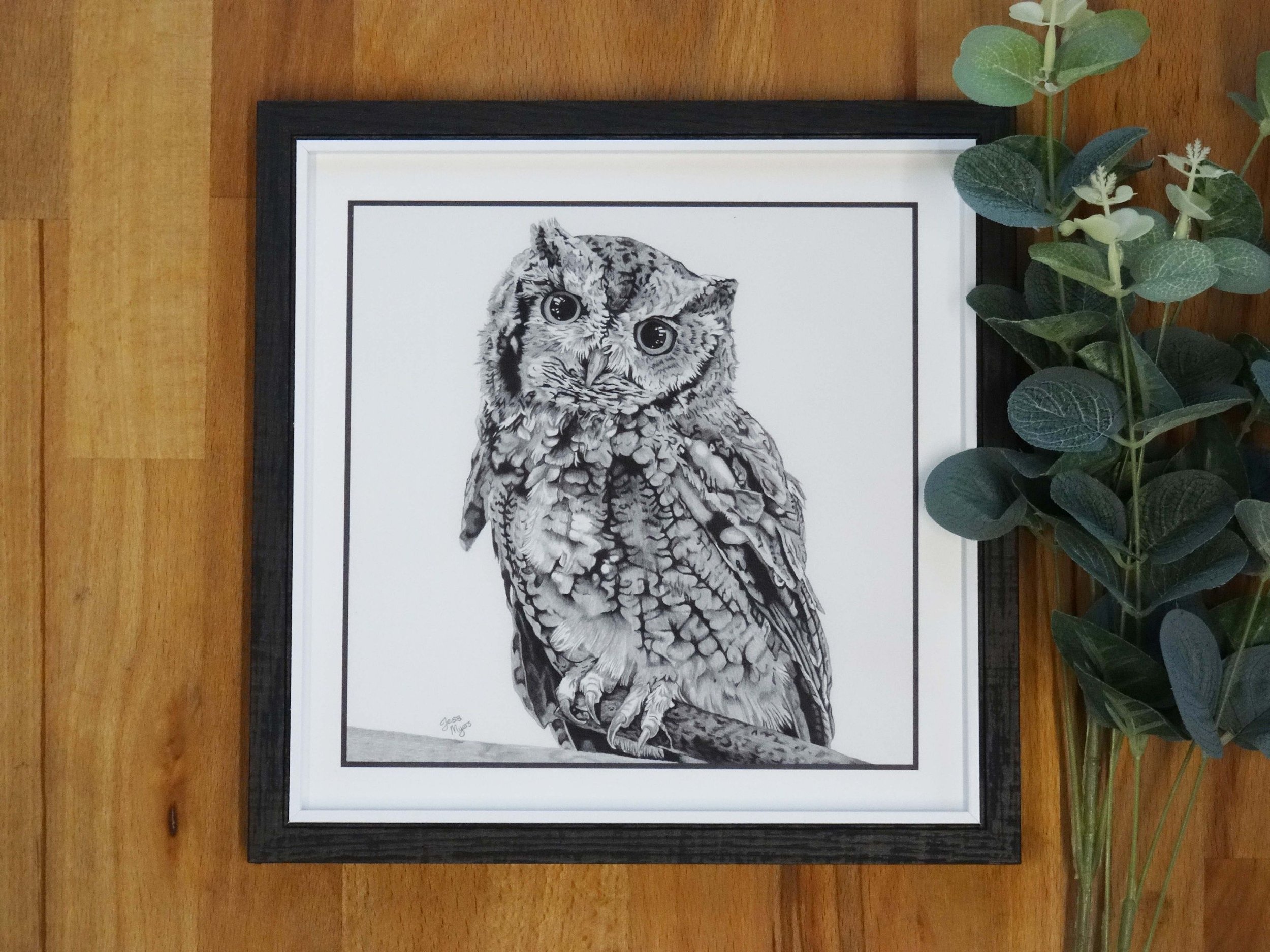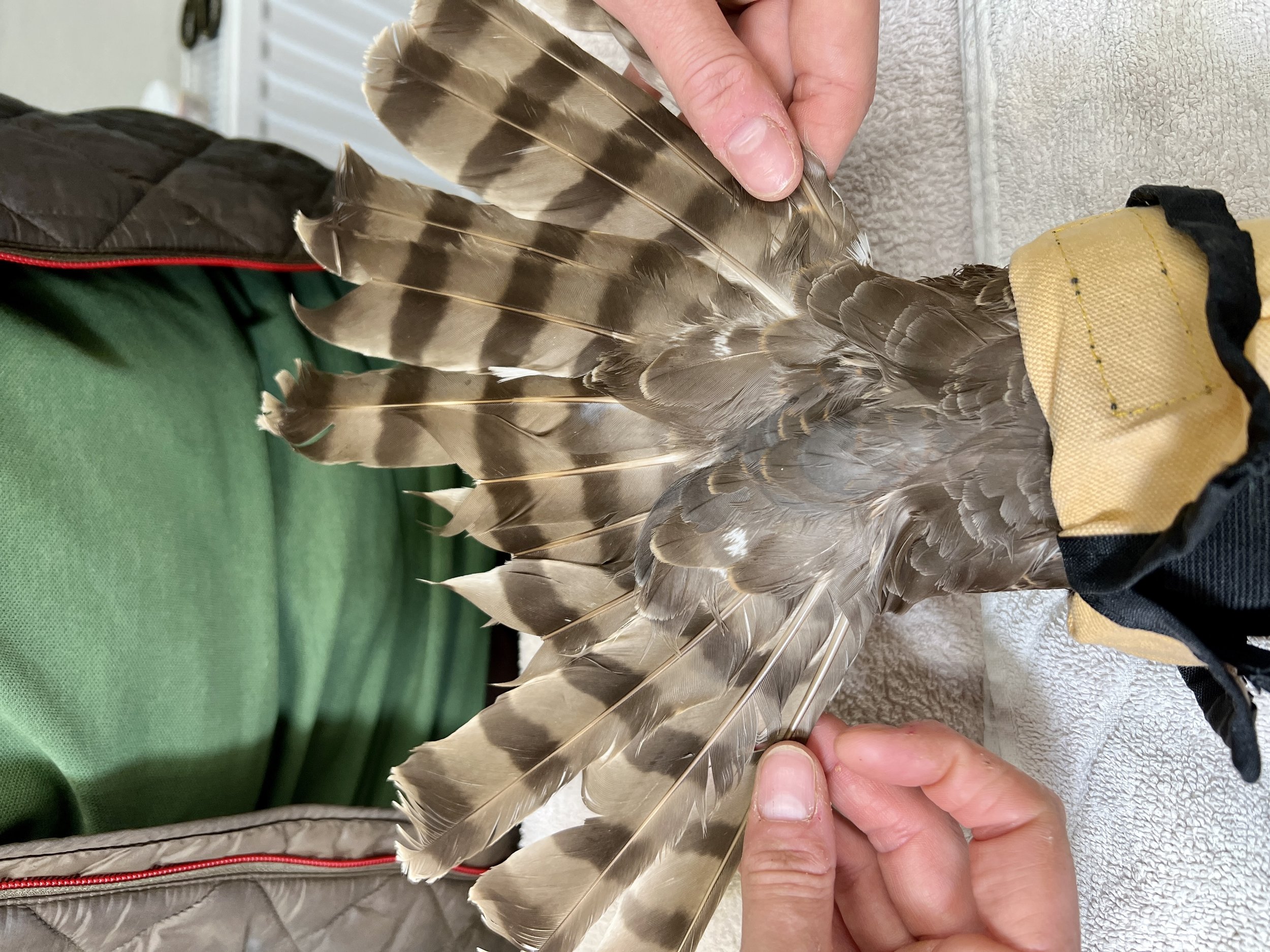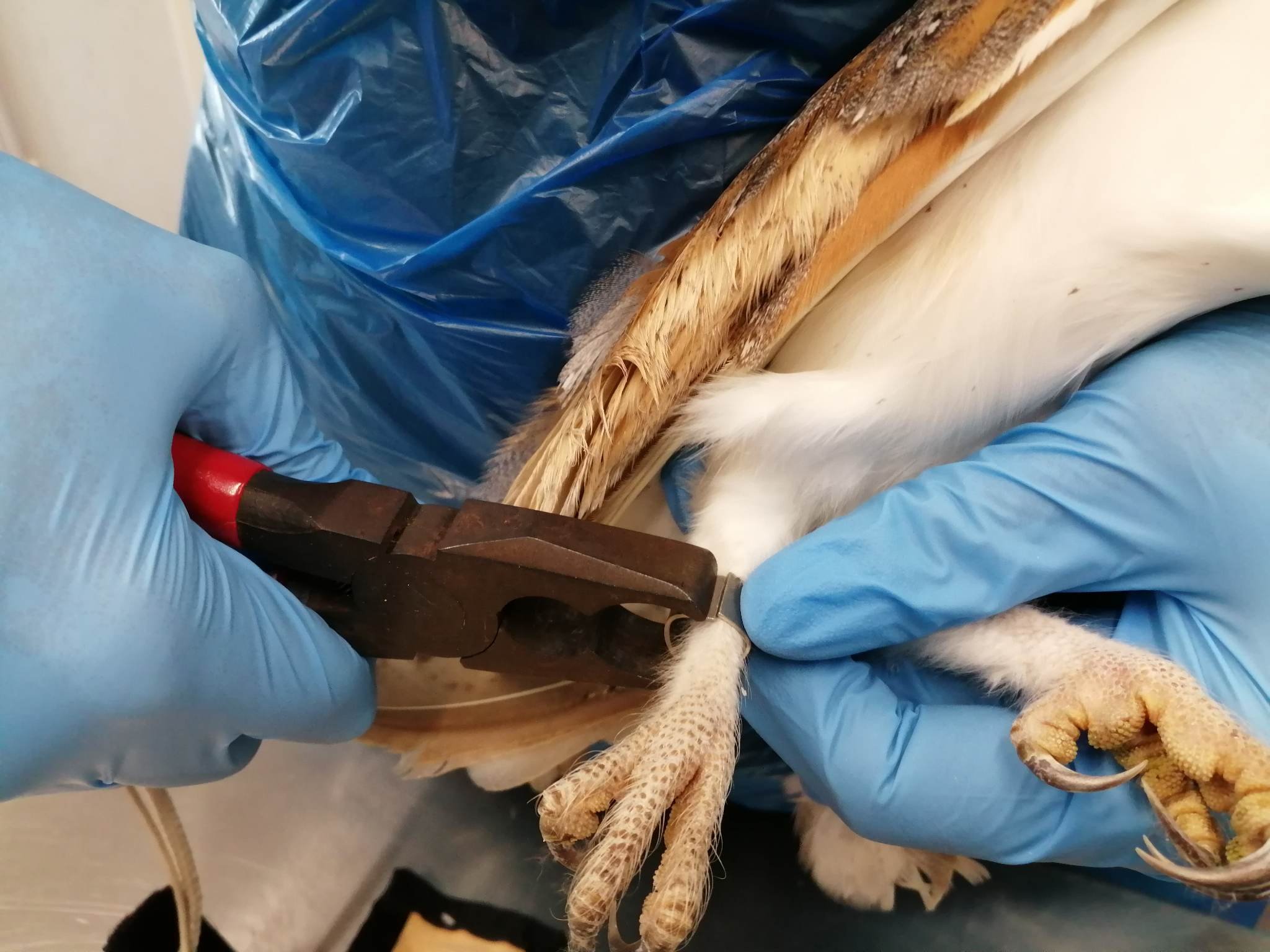Nancy the White Backed Vulture is the newest member of the flying team here at Suffolk Owl Sanctuary, and has settled in really well so far. She’s getting the hang of some of the training we’ve been doing with her, including encouraging her to enter a travel box, or wait on a station.
It’s during this training that we’ve really got to know her, and as we felt she was quite sophisticated in nature - gently taking food from us and generally being quite lady-like - we thought the name Nancy suited her well.
We’re learning lots of other things about her too, and lately Nancy has been showing us that she’s not much of an early bird! She definitely prefers to engage with training in the afternoons, which isn’t unlike her wild counterparts; vultures often don’t get out and about looking for food until a few hours after the sun has risen in order to make use of the thermals to soar with minimal effort.
Vultures are a rather misunderstood bird, and people often think they’re dirty because they eat dead things, or ugly because they have bald heads. Vultures are in fact the most important species we house here at Suffolk Owl Sanctuary. In the wild they play a vital role in their ecosystem; They often eat the carcasses of animals that have died from disease such as rabies, cholera, anthrax and botulism, but vultures are able to digest these due to their strong stomach acids, completely removing them from the environment! Without vultures these diseases would instead be spread by wild or feral dogs. Sadly, vulture numbers are in great decline for many reasons, and because they’re not ‘pretty’ they often get overlooked.
Head Falconers Jess said “We’re very happy with how Nancy has settled into life at SOS, and that she has taken a liking to Dolly. Dolly has made great progress in developing her skills as a bird trainer and handler since starting with us a couple of years ago, and we are all excited to see what she and Nancy can achieve together.”
Nancy will become part of our flying team, and will eventually fly alongside our other vultures in displays, in order to show the variety and differences between species. But most importantly, we hope she will capture the hearts of our guests and act as an ambassador for her species, highlighting their importance and changing negative perceptions of these amazing birds.


















